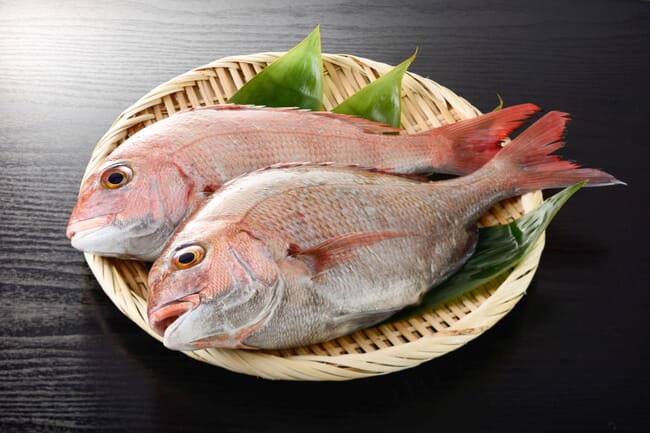
The species is native to the Northwest Pacific, but is now also farmed in the Mediterranean
FAO’s General Fisheries Commission for the Mediterranean (GFCM) says that the publication is intended to provide guiding principles and minimum common criteria for:
- Helping in the evaluation, prevention, and minimisation of the risks of adverse impacts on biodiversity, natural habitats, ecosystems, and ecosystem services, associated with the use of non-native species.
- Promoting the development and sharing of a comprehensive knowledge base to address the challenges posed by the use of non-native species.
By recommending practical actions to stakeholders, these guidelines aim to create a common regional framework on aquaculture practices related to the use of non-native species and provide decision-makers with a useful tool for policy development.
Those non-native species present
The document highlights that non-native species present in the Mediterranean include:
- Red bream (Pagrus major): native to the Pacific Northwest and introduced in 1985, it is cultivated mainly in Croatia, Cyprus, Greece, and Italy.
- White-legged shrimp (Litopenaeus vannamei): It is cultivated mainly in Egypt, Tunisia, and Algeria.
- Kuruma Shrimp (Marsupenaeus japonicus): It is farmed mainly in Egypt.
- Indian White Shrimp (Penaeus indicus): Farmed only in Egypt.
- Northern brown shrimp (Penaeus aztecus): Cultured in Egypt since 2016, by collecting post-larvae and juveniles from the wild.
Regulatory frameworks
Following an introduction on the background and scope of the guidelines, the document highlights that national regulatory frameworks dedicated to aquaculture should include provisions that address the introduction of non-native species.
It details how the competent authority of each country must draw up and periodically control a list of species used in aquaculture and classify them as “non-native species” or “species already present”.
In addition, it adds, countries must establish a minimum standard capacity before any introduction of non-native species; and detail the application process for authorisation to introduce non-native species.
Finally, the guide identifies the necessary conditions that must be met to minimise the risks of adverse impacts following the introduction of non-native species, including border measures, quarantine, and monitoring, as well as surveillance systems.




